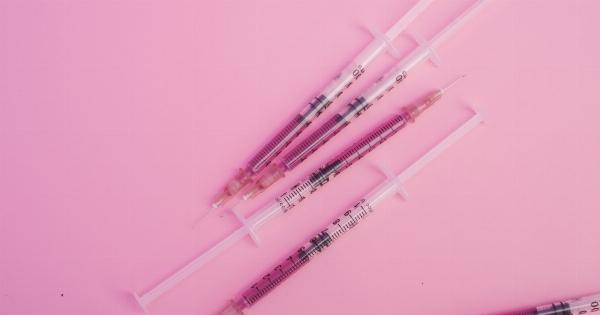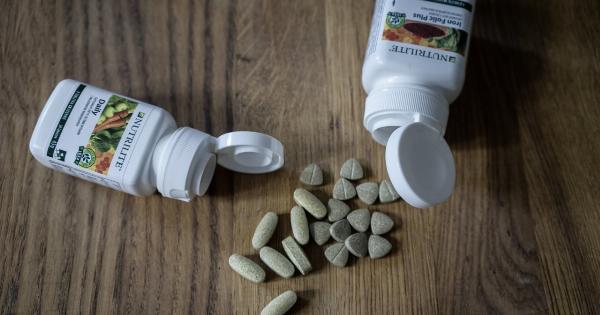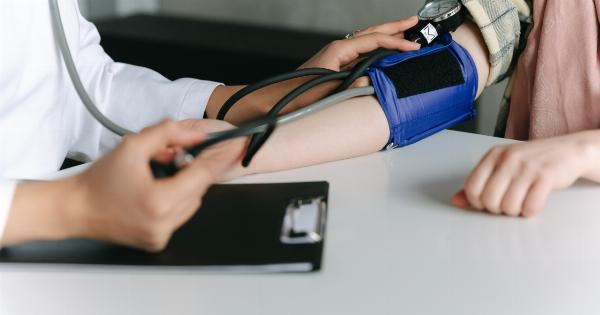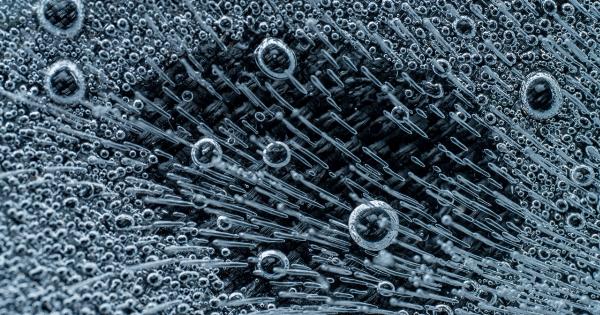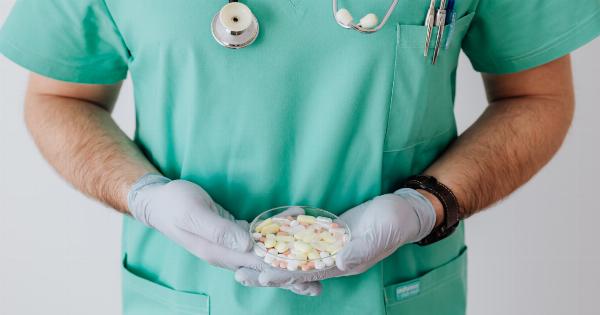A stroke is a serious medical condition that affects millions of people worldwide. It occurs when the blood supply to the brain is interrupted or reduced, leading to brain damage. Strokes can be classified into two main types: ischemic and hemorrhagic.
In ischemic stroke, a clot blocks the blood flow to the brain, while in hemorrhagic stroke, a blood vessel in the brain ruptures and creates bleeding. In this article, we will focus on ischemic stroke as it is the most common type, accounting for about 85% of all strokes. One of the most critical factors in managing an ischemic stroke is time.
The longer the delay in treatment, the higher the risk of brain damage and disability. Therefore, time is of the essence when it comes to treating stroke infarction.
Recognizing the Signs of an Ischemic Stroke
The first step in managing stroke infarction is recognizing its signs and symptoms. The most common symptoms of an ischemic stroke include:.
- Face drooping on one side
- Arm weakness or numbness on one side
- Speech difficulty
- Loss of vision in one or both eyes
- Severe headache with no known cause
If you or someone you know experiences any of these symptoms, call emergency services immediately. Time is crucial, and the longer you delay seeking medical attention, the higher the risk of permanent disability or death.
Seeking Medical Attention
The next step in managing stroke infarction is seeking medical attention. If you suspect that you or someone you know is having a stroke, call emergency services or go to the nearest emergency room as soon as possible.
Every minute counts when it comes to stroke treatment. The longer you delay, the higher the risk of brain damage and disability.
The Importance of Time
Time is one of the most critical factors in managing stroke infarction. The brain relies on a constant supply of oxygen and glucose from the blood to function correctly.
When the blood flow to the brain is interrupted, such as in an ischemic stroke, brain cells begin to die within minutes. The longer the delay in treating a stroke, the more brain cells die, and the higher the risk of permanent disability or death.
Effective Treatment Options
When it comes to treating stroke infarction, time is of the essence. There are several effective treatment options available, depending on the severity of the stroke and the time delay since the onset of symptoms. These options include:.
- Thrombolysis – a clot-dissolving medication that can be given to treat an ischemic stroke.
- Endovascular therapy – a minimally invasive procedure that involves removing the clot through a catheter.
- Carotid endarterectomy – a surgical procedure that involves removing the plaque buildup in the carotid artery.
The Golden Hour
The first 60 minutes after the onset of stroke symptoms are often referred to as the “golden hour.” During this time, the brain is most vulnerable to damage, and effective treatment is critical.
In fact, studies have shown that receiving treatment within the first three hours of symptom onset can significantly improve the chances of a good outcome.
Stroke Prevention
Preventing stroke infarction is the best strategy for managing it. Some ways to reduce the risk of stroke include:.
- Keeping blood pressure under control
- Controlling diabetes
- Maintaining a healthy weight and diet
- Exercising regularly
- Quitting smoking
Conclusion
Managing stroke infarction is a race against time. The longer the delay in seeking medical attention, the higher the risk of permanent disability or death.
Therefore, recognizing the signs of an ischemic stroke and seeking medical attention immediately is crucial. Treatment options such as thrombolysis, endovascular therapy, and carotid endarterectomy can be effective if administered within the golden hour.
Stroke prevention is also essential and involves managing risk factors such as high blood pressure, diabetes, obesity, and smoking. By taking action to prevent stroke infarction and seeking prompt medical attention if symptoms occur, it is possible to reduce the risk of disability and death from stroke.



